Summary
- SNK’s iconic contributions to gaming were defined by top-down shooter experiences like Ikari Warriors.
- King of Fighters XIII marked SNK’s comeback with refined mechanics and exceptional sprite animation.
- Shock Troopers refined the chaos of arcade shooters with squad selection and replayability.
SNK might not always be the first name thrown around in conversations about legendary game studios, but anyone who spent time in arcades during the ‘90s knows exactly how much weight those three letters carry.

Related
10 Best Fighting Games Developed By SNK, Ranked
SNK Playmore is famous for its slew of classic fighting games. This selection represents the best of the bunch from the developers.
During those days, it was all about quarter-munching run-and-guns, fighting games that defined their generation, or surprisingly deep sports titles, and SNK was at the head of it, carving out a legacy that still hits just as hard decades later. These are the studio’s most iconic contributions to gaming, ranked not just by nostalgia, but by the lasting imprint each one left behind.
10
Ikari Warriors
Let’s Blow Stuff Up Like It’s 1986
- Released: February 19, 1986 (Japan)
- Developer: SNK
- Platforms: Arcade, NES, CPC, MSX
Back when shoulder pads, bandanas, and unlimited ammo were considered peak character design, Ikari Warriors came in hot with a top-down shooter experience that predated most modern twin-stick sensibilities. It wasn’t just a Commando knockoff like people sometimes assume—it brought co-op play, grenade tossing, and even hijackable tanks into arcades way before that was standard fare. The rotary joystick controls might feel like a relic now, but at the time, they were a game-changer, allowing players to move and shoot independently in different directions, which gave Ikari Warriors more tactical depth than anything else in the arcade row.
It also kickstarted SNK’s fascination with war-torn chaos that would later evolve into Metal Slug, and even introduced Ralf and Clark, who somehow ended up in King of Fighters years later.
9
King of Fighters XIII
Not Just a Comeback Story, But a Masterclass

- Released
-
July 14, 2010
- ESRB
-
T For Teen Due To Mild Language, Suggestive Themes, Use of Alcohol, Violence
For a series as storied as King of Fighters, not every entry sticks the landing. But King of Fighters XIII felt like SNK rediscovering its rhythm again. After the misstep that was XII, this one returned with tighter mechanics, sharper pacing, and arguably some of the best sprite animation ever seen in 2D fighters. The sheer fluidity of movement and impact in this entry is still unmatched—even Capcom’s Street Fighter III: 3rd Strike doesn’t quite hit the same aesthetic note.
Mechanically, it introduced a refined EX system, giving players more tools without throwing off balance. And while the single-player story mode was borderline incoherent at times, nobody came to KOF XIII for narrative cohesion. What mattered was how insanely satisfying it felt to string together a perfect HD combo and watch your opponent’s health bar evaporate in seconds.
8
Shock Troopers
One Joystick, a Hundred Explosions
This one doesn’t get mentioned nearly as often as it should, which is borderline criminal. Shock Troopers was SNK’s way of taking the chaos of Ikari Warriors and refining it with modern (for the time) polish. Instead of two generic muscleheads, players got to pick from a full squad, each with different weapons and stats. There was also a team mode, letting players switch between characters on the fly, which actually mattered strategically.
And the path-splitting routes meant runs could play out completely differently each time, giving it way more replay value than most arcade shooters had any business offering. It’s the kind of game that feels chaotic in all the right ways: constant explosions, screen-filling bosses, and just enough precision needed to keep things from becoming a mindless bullet sponge.
7
Neo Turf Masters
The Real Green Was on the Greens
Neo Turf Masters
- Released
-
January 29, 1996
Nobody expected SNK to make a golf game that people would actually care about, but Neo Turf Masters somehow pulled it off. It had no business being this slick. The clean visual presentation, snappy UI, and beautifully animated course transitions made it feel more like an action game disguised as a sports sim.

Related
8 Games SNK Should Include In A Fighting Compilation
If SNK put together their own collection of Fighting games, these are just a few games fans would love to see in it.
Every golfer had their own stats, swing quirks, and dialogue snippets, which gave it more personality than most sports titles ever bothered with. And despite being arcade-based, the game’s physics were surprisingly grounded. Shot power, wind direction, elevation—it all worked well enough to feel legitimate, but still snappy enough to not scare off casual players. Decades later, it’s still considered one of the best golf games ever made, arcade or otherwise.
6
Fatal Fury Special
When Terry Wasn’t the Only Star in Town
- Released: September 16, 1993
- Developer: SNK
- Platforms: Super NES, Arcade, Neo Geo AES, PC Engine Arcade CD-ROM, Game Gear, Neo GEO CD, Sega CD, FM Towns, X68000
This was the turning point where Fatal Fury stopped feeling like a warm-up act for Street Fighter and started being its own thing. Fatal Fury: Special wasn’t just a revision—it was a full evolution. It expanded the roster, rebalanced old characters, and most importantly, made the game feel faster and more responsive than its predecessors.
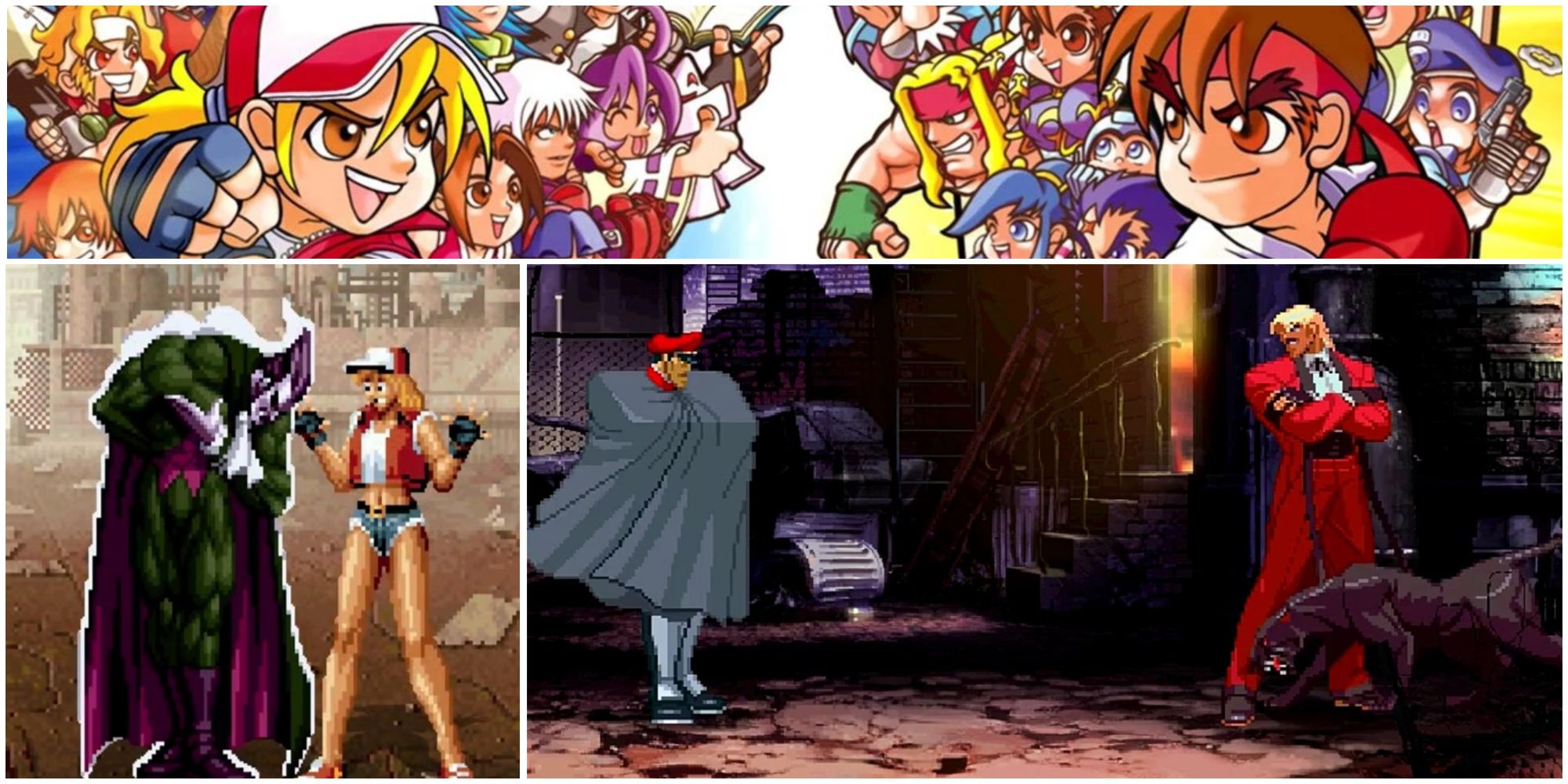
Related
The Capcom vs. SNK games offer some great fighting games, thought with plenty of misses, it’s important to celebrate the best games in the series.
The two-plane fighting mechanic remained its signature feature, letting players jump between foreground and background to dodge attacks or launch surprise counters. Sure, it didn’t have the technical finesse of later SNK fighters, but it laid the groundwork. For a lot of players, this was their first taste of SNK’s unique approach to fighting games—more flair, more movement options, and a greater emphasis on reading the opponent’s rhythm than memorizing rote combos.
5
The Last Blade 2
When Swordplay Got Elegantly Brutal
The Last Blade 2
- Released
-
November 25, 1998
If Samurai Shodown was about the raw edge of sword duels, The Last Blade 2 was the refined version—more graceful, more calculated, and somehow even more devastating. It leaned heavily into the concept of weight and momentum in weapon-based combat, where every slash felt deliberate and every counter felt personal. Players could choose between Speed or Power modes, which shaped the entire flow of matches and rewarded very different playstyles.
But what really set it apart was the tone. The melancholic atmosphere, subdued color palette, and poetic character endings gave it a strangely somber edge that most fighting games never even tried to aim for. Even now, it feels like the most emotionally mature title SNK ever put out.
4
Samurai Shodown 2
Every Strike Felt Like a Samurai Standoff

- Released
-
October 28, 1994
- Developer(s)
-
SNK, Kinesoft
While the original Samurai Shodown got attention for being a weapon fighter in a sea of hand-to-hand brawlers, Samurai Shodown 2 is where the formula hit perfection. Matches could turn in an instant—not because of over-the-top supers, but because of raw, heavy-hitting attacks that punished carelessness like nothing else. A well-timed heavy slash could swing the entire momentum, and the mind games that stemmed from that were where SamSho 2 really came alive.
It added new characters, deeper mechanics like weapon breaking and rage gauge adjustments, and refined the movement system to allow for more nuanced spacing. The visual style still holds up today, with bold, clean lines and exaggerated animations that gave the duels an almost theatrical intensity.
3
Garou: Mark of the Wolves
The Closest SNK Ever Got to a Street Fighter Killer

- Platform(s)
-
Arcade, Neo Geo, Sega Dreamcast, Nintendo Switch, PlayStation 2, PlayStation 4, PlayStation Vita, Xbox 360, PC, Android, iOS
- Released
-
November 26, 1999
- Developer(s)
-
SNK, Dotemu, Code Mystics
- ESRB
-
Teen // Suggestive Themes, Violence
If Fatal Fury was the blueprint, Garou: Mark of the Wolves was the final draft. This was SNK at the top of its game: tight controls, gorgeous sprite work, and a cast that felt cohesive without falling into the usual archetypes. It dropped the two-plane system and introduced the T.O.P. gauge, a new mechanic that boosted attack power and let players gamble on positioning it for maximum comeback potential.
Every hit in Garou felt sharp, responsive, and clean. The roster may have been smaller than other SNK titles, but every character was polished to perfection. Even now, fighting game tournaments still run Garou brackets, and it’s one of the few SNK games that even hardcore Street Fighter players tend to respect unconditionally.
The Art of War, But Hilarious
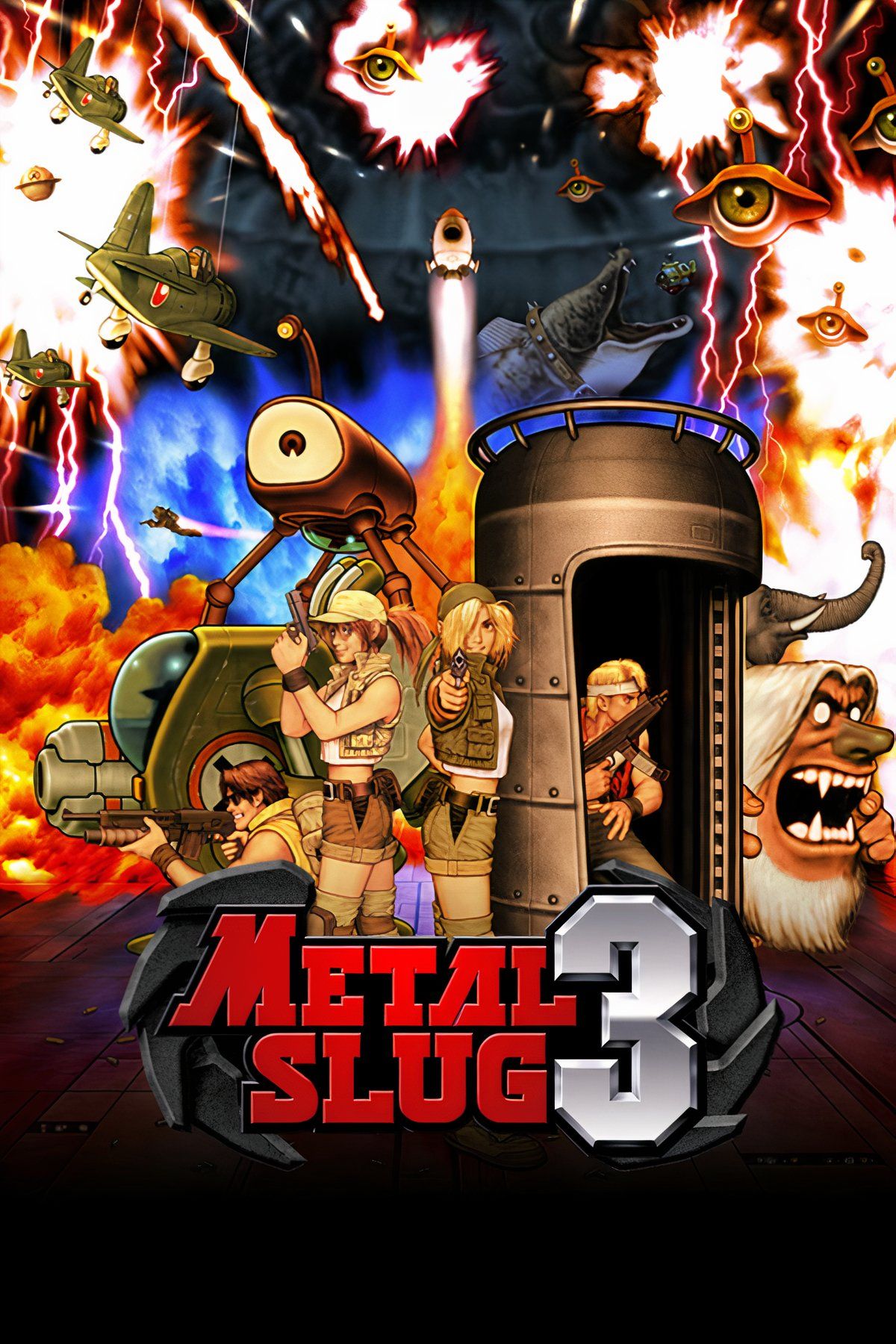
- Released
-
June 1, 2000
- Developer(s)
-
SNK
- ESRB
-
t
While every Metal Slug has its moments, Metal Slug 3 is the one that took everything the series stood for and dialed it into beautifully absurd territory. It had zombies, aliens, submarines, giant crabs, a moon mission, and that unforgettable final boss sequence where the screen explodes into chaos. It was longer than most of its predecessors, almost punishingly so, but it didn’t matter. Every minute felt worth it.
The hand-drawn animation is still some of the best ever seen in 2D gaming, and the weapon variety, branching paths, and sheer lunacy of enemy design gave it endless replay value. It was harder, yes—but it was also more playful, more unpredictable, and more polished than anything before it.
1
The King of Fighters ’98
The King Didn’t Just Return—It Redefined the Crown

- Platform(s)
-
PlayStation (Original), Neo Geo, Nintendo Switch, PlayStation 4, PlayStation 3, PlayStation 2, PS Vita, iOS, Xbox One, PlayStation Portable, Android, PC, Sega Dreamcast
- Released
-
July 23, 1998
- Developer(s)
-
SNK
If there’s one title SNK will forever be remembered for, it’s The King of Fighters ’98. It wasn’t just a greatest hits compilation—it was the perfection of the series’ mechanics. No convoluted storylines, no shoehorned drama, just raw fighting fundamentals honed to a razor edge. It brought back nearly every character up to that point, rebalanced the roster, and gave players the option between Advanced and Extra modes, both offering completely different tactical approaches.
Even today, KOF ’98 is still played in high-level competitive circuits across the world, which says everything about its staying power. The movement is snappy, the combo potential is deep without being overwhelming, and the roster is so balanced that matchups rarely feel one-sided. This was SNK’s magnum opus, and for many, it still is.
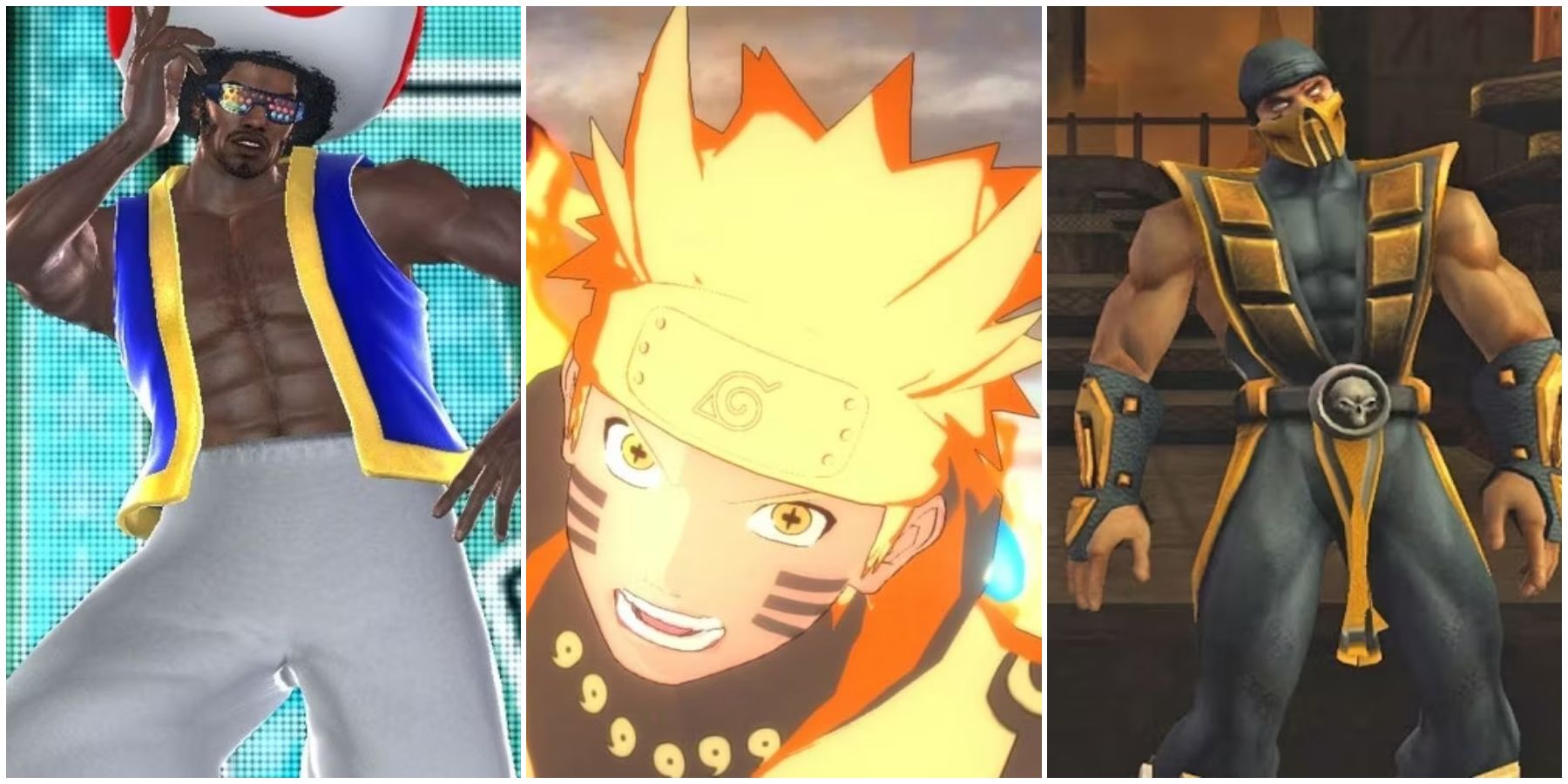
More
14 Fighting Games With The Most Playable Characters
Having a roster of great characters makes fighting games so enjoyable, and these games have some of the most playable characters in it
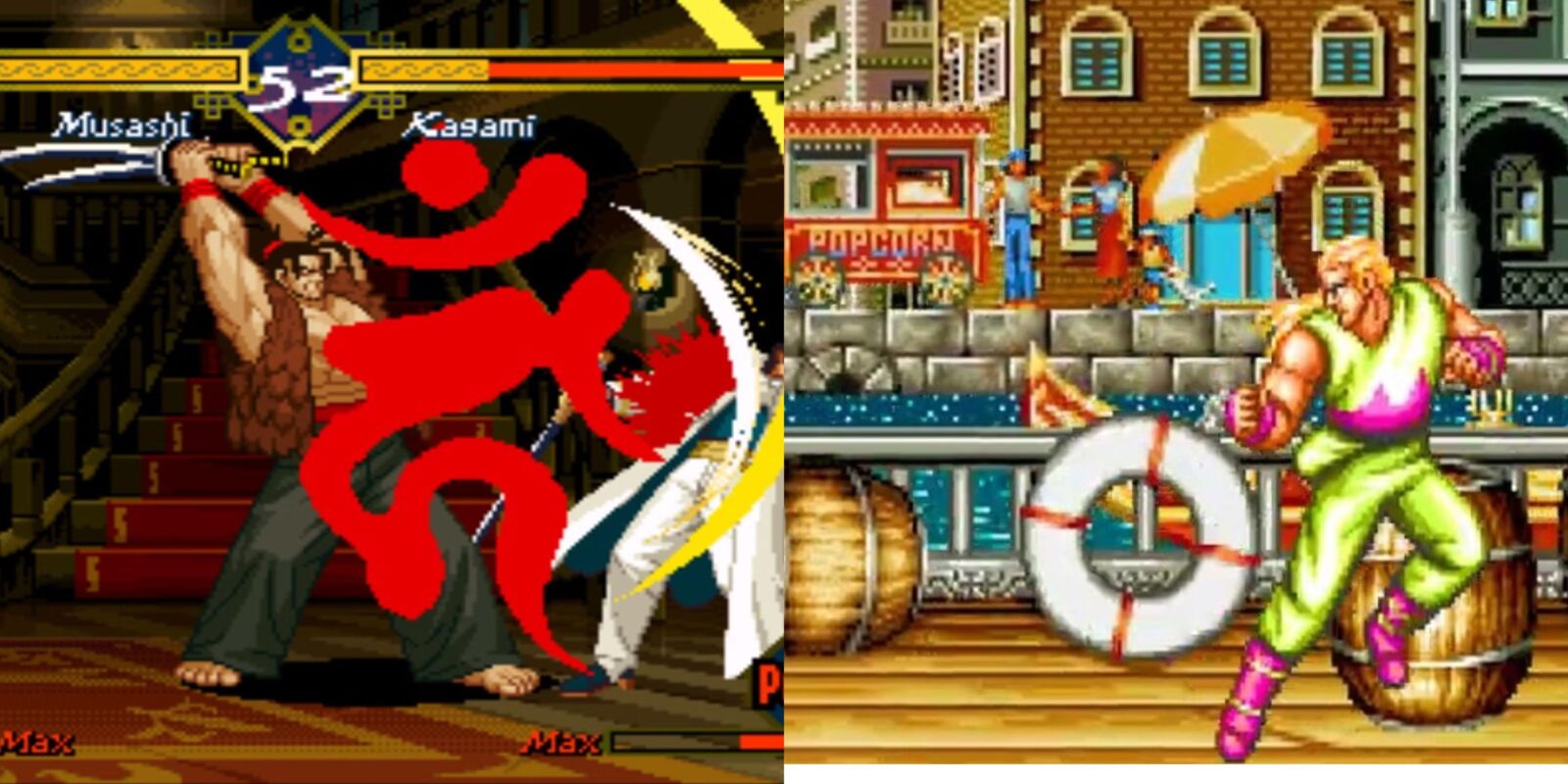

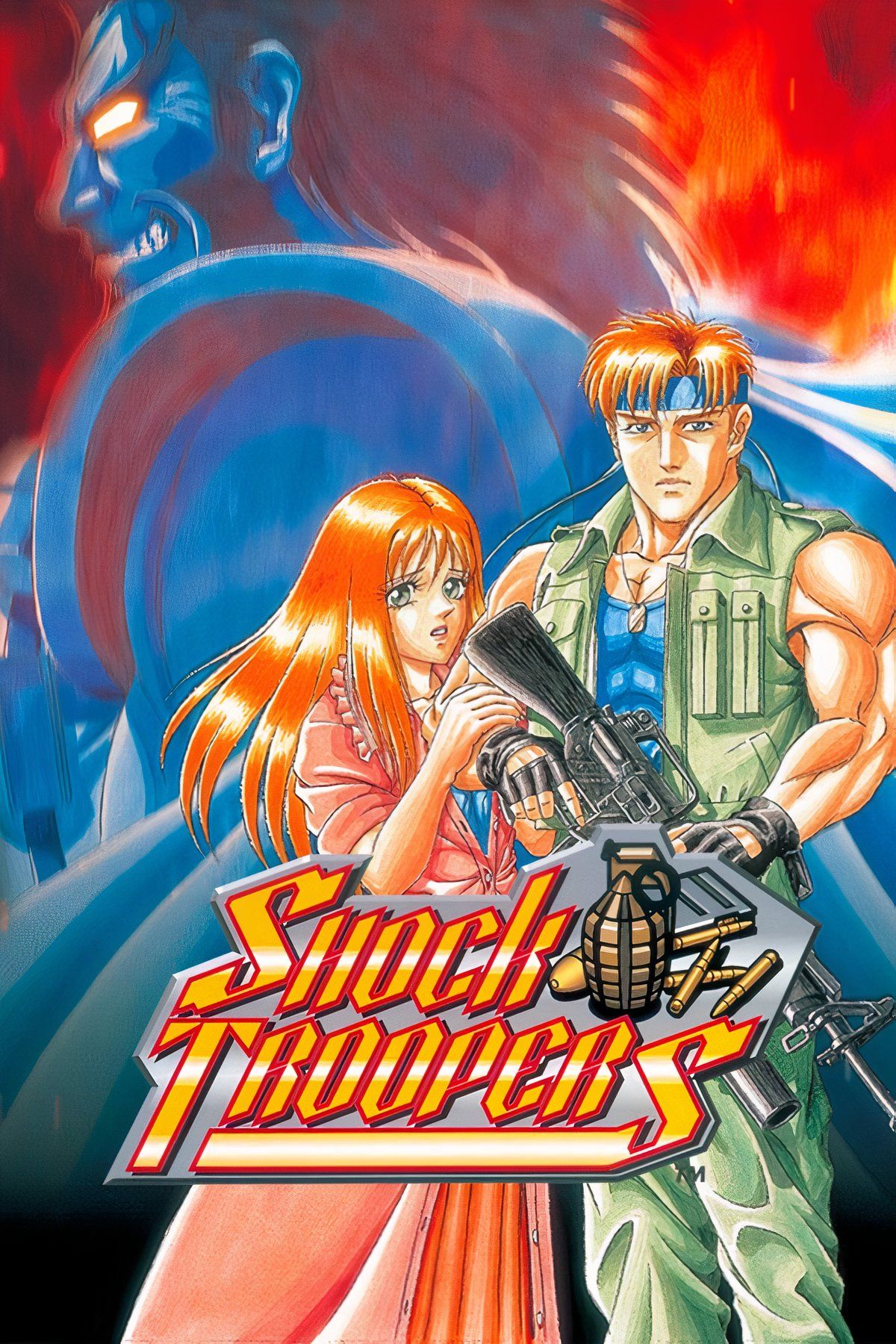



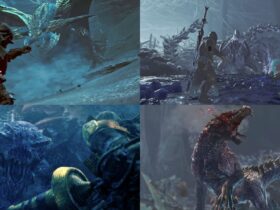
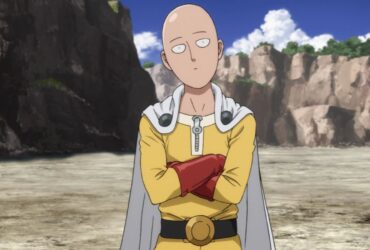





Leave a Reply